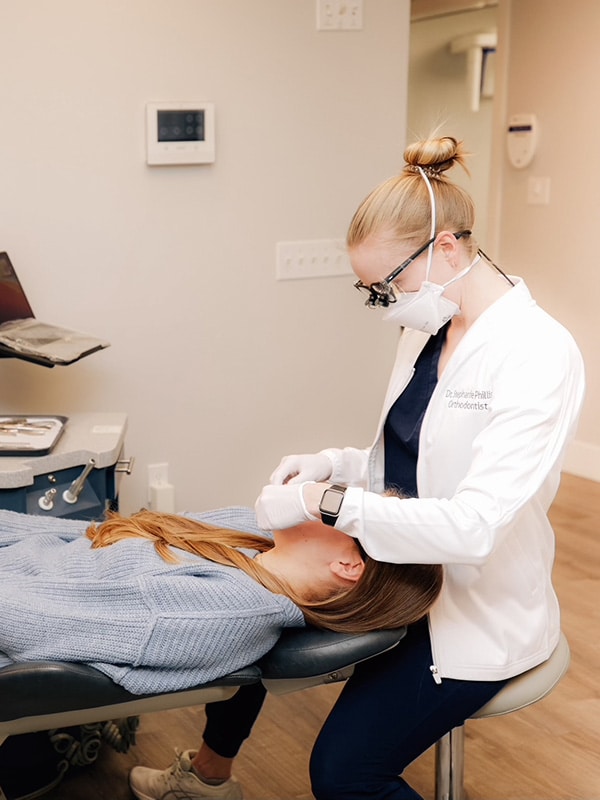Orthodontic problems can affect anyone – in fact, our teeth are almost never naturally perfect. Dr. Phillis and her team believe everyone deserves a healthy, confident smile.
Being educated about the orthodontic problem you or your child may have is the first step to correcting it. Orthodontic treatment performed by Dr. Phillis can improve both the functionality of your bite and the appearance of your smile.
Below are some examples of the most common orthodontic problems.
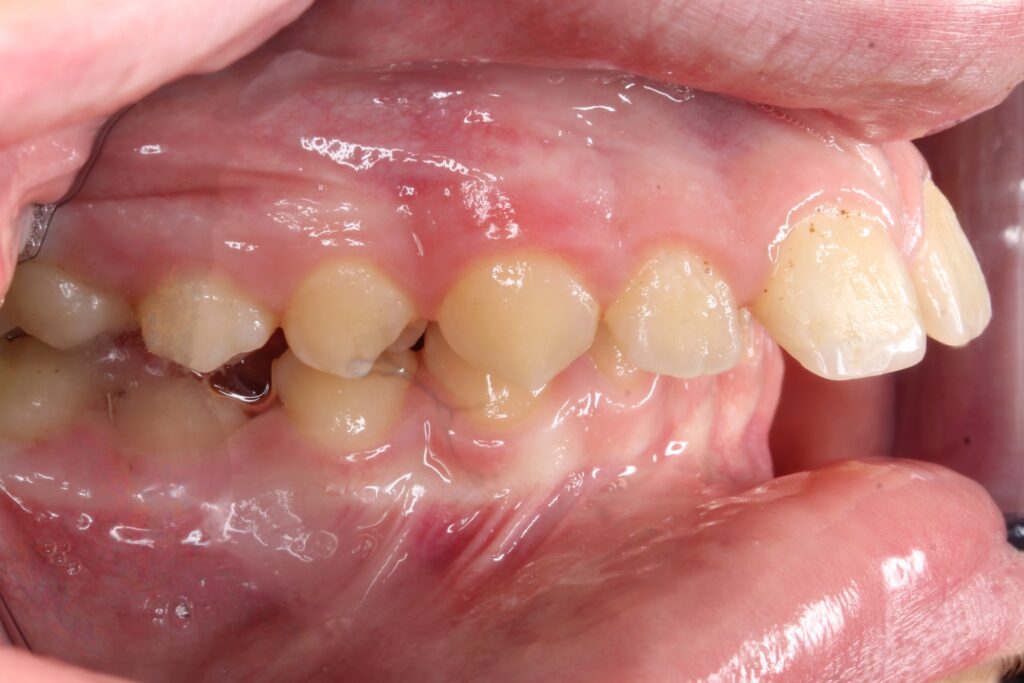
Upper Front Teeth Protrusion
The appearance and function of your teeth are impacted by this type of bite. It is characterized by the upper teeth are too far forward or the lower teeth not extending far enough forward.
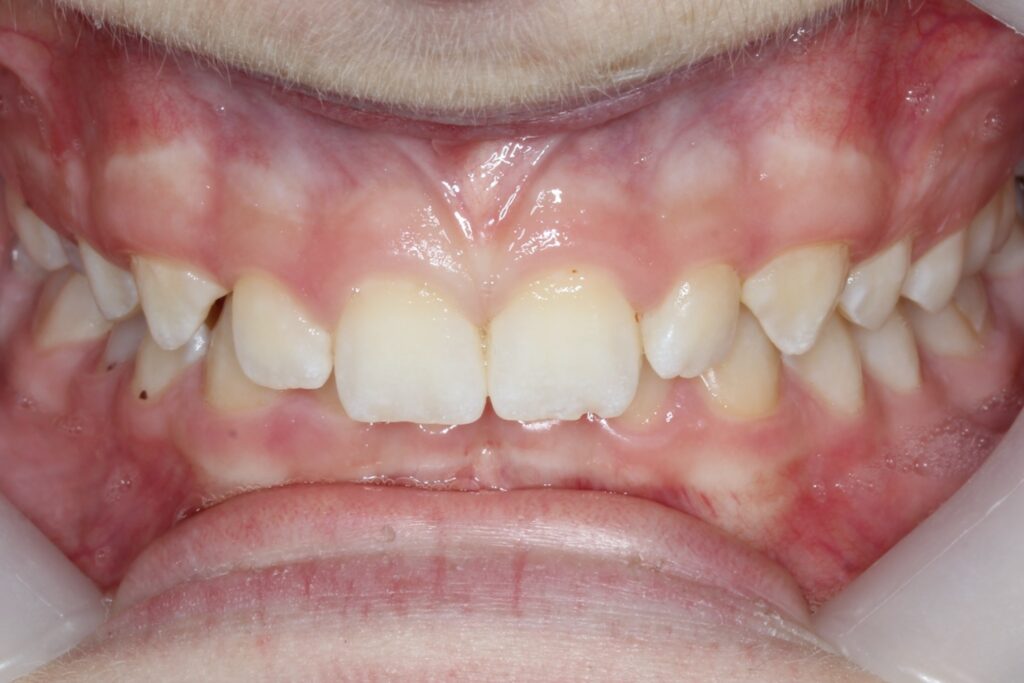
Overbite
The upper front teeth should vertically overlap lower front teeth only a little bit. When upper front teeth cover all or almost all of the lower front teeth it is called a deep overbite. Very deep overbites can even make the roof of the mouth sore or irritated.
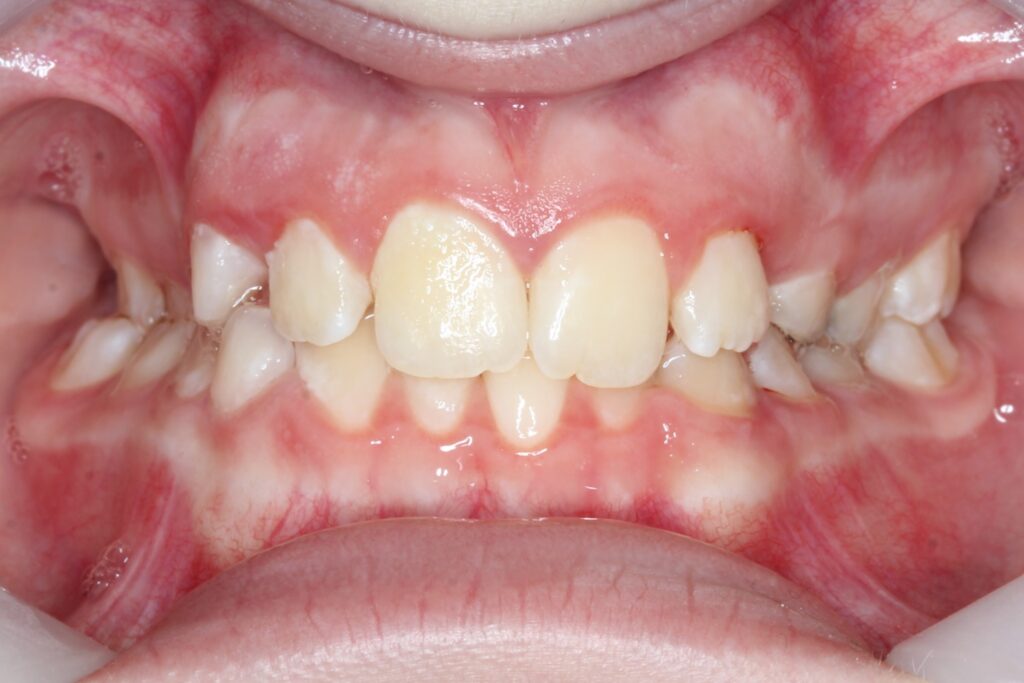
Crossbite
The upper teeth should cover lower teeth like a lid fits over a jar. A crossbite is when the upper teeth are either too narrow or extra wide compared to lower teeth.
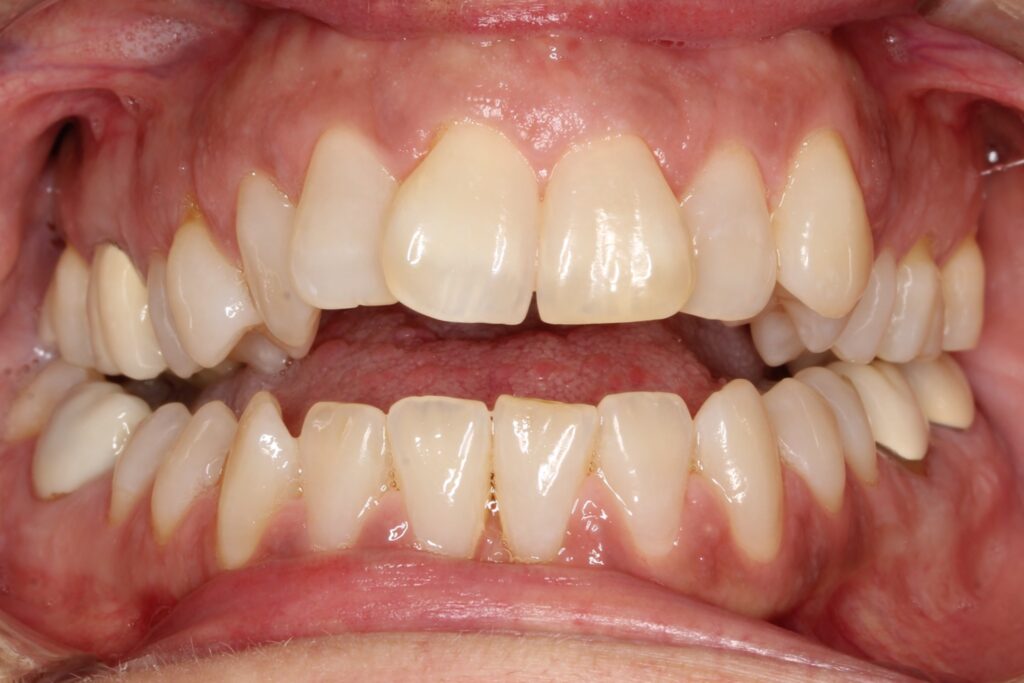
Openbite
Proper chewing is impacted by this type of bite, in which the upper and lower front teeth do not overlap. Openbite may cause a number of unwanted habits, such as tongue thrusting.
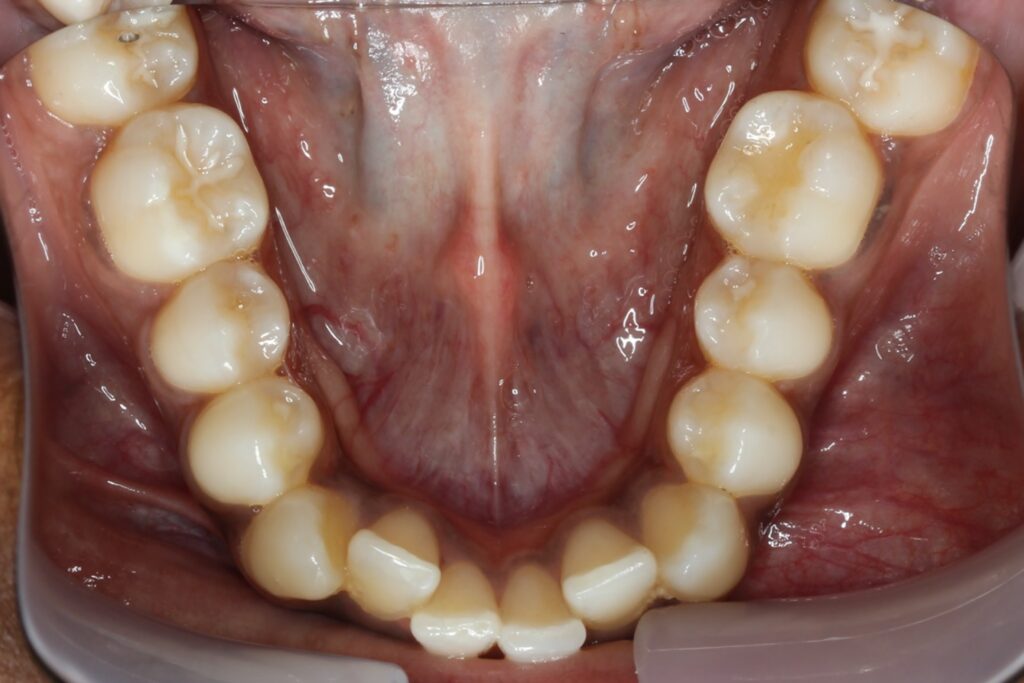
Crowding
Crowding occurs when teeth have insufficient room to erupt from the gum. Crowding can be corrected with orthodontic treatment. Correcting crowding makes it easier to keep your teeth clean, and improves the appearance of your smile.
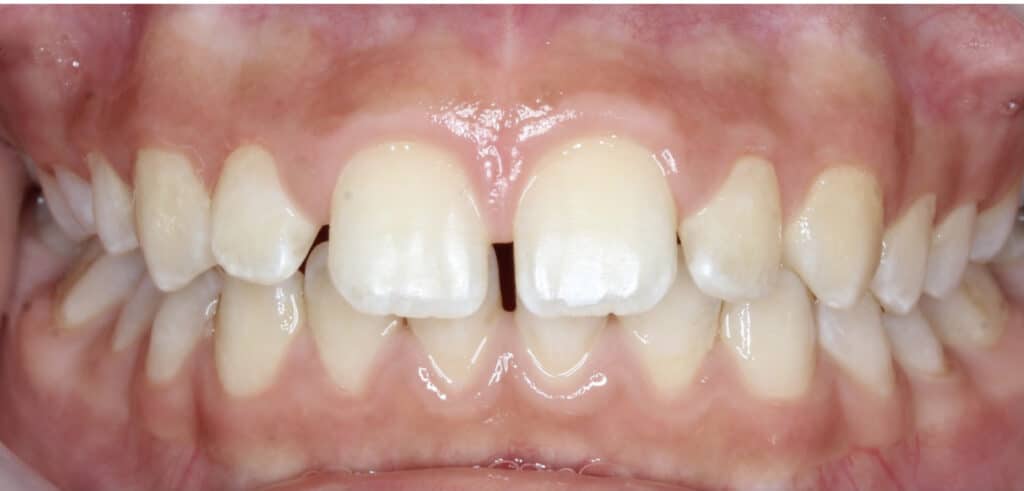
Spacing
Spacing is extra room between teeth, or lack of contact between teeth. Spacing can be a cosmetic concern, a sign of other bite problems, or even an indication of missing or impacted teeth.
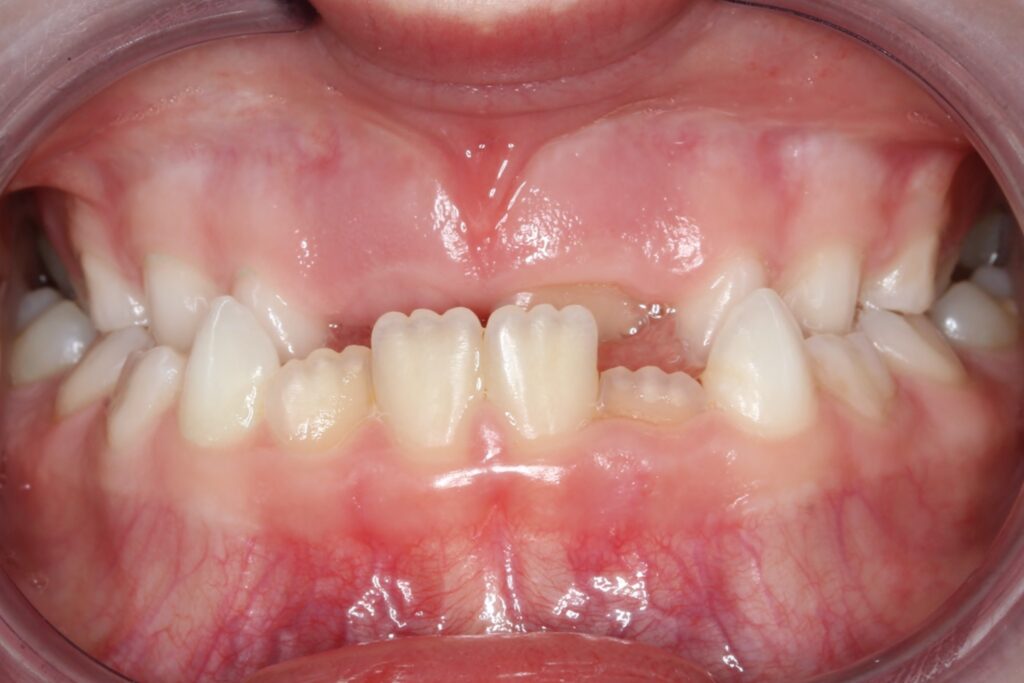
Underbite
In an underbite, the lower jaw is often more forward, causing the lower front teeth to be ahead of upper front teeth. Patients with underbites often benefit from early orthodontic treatment.
